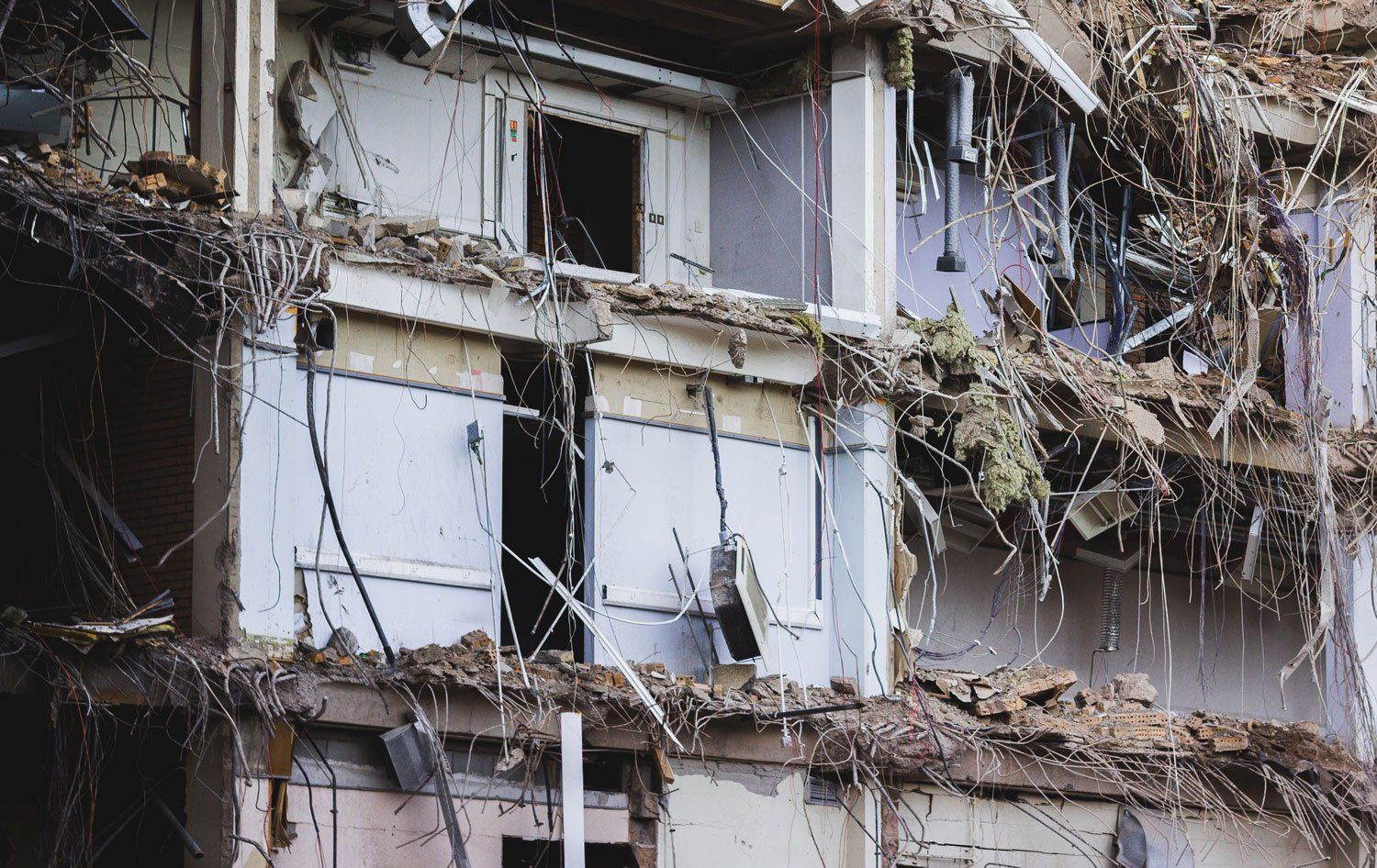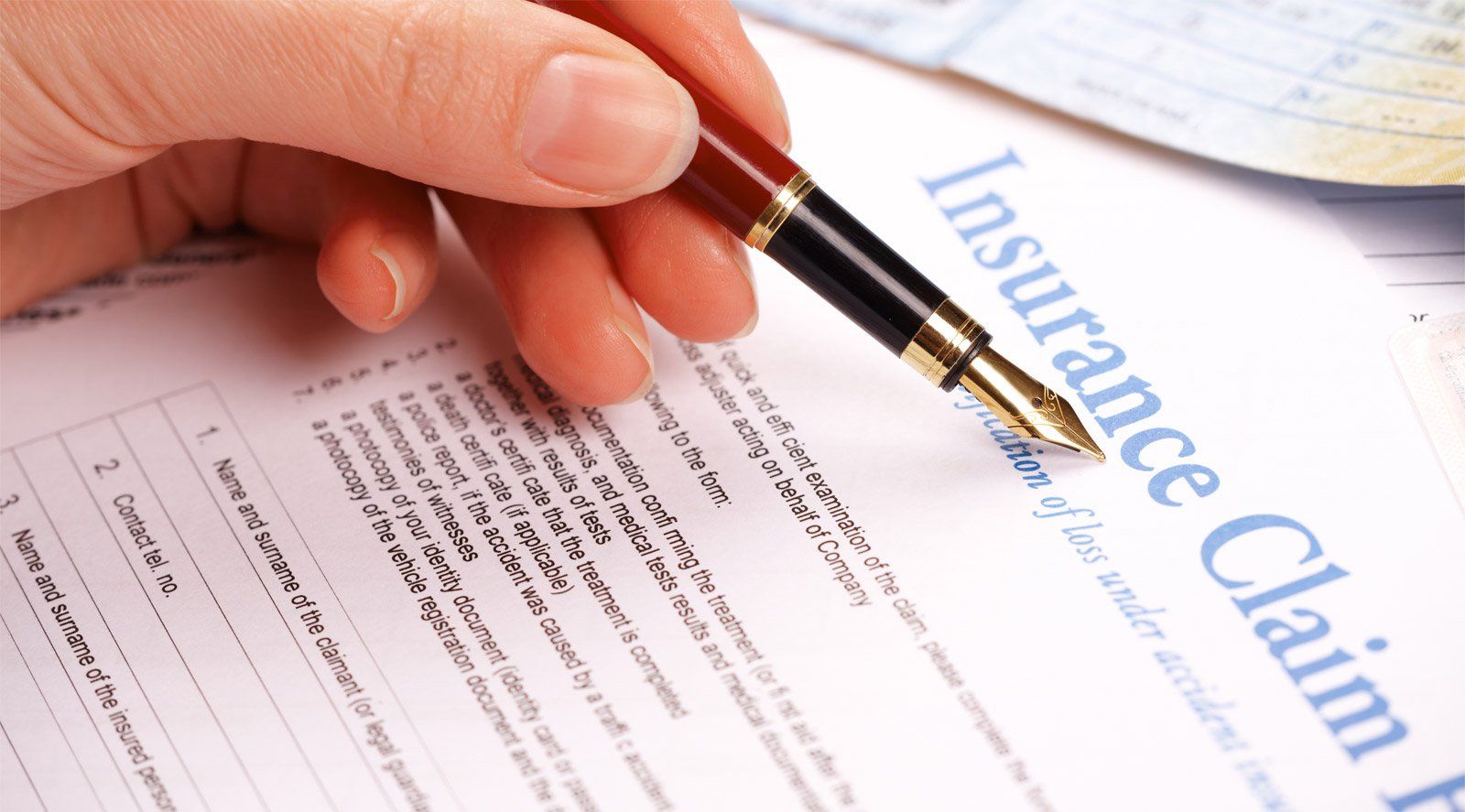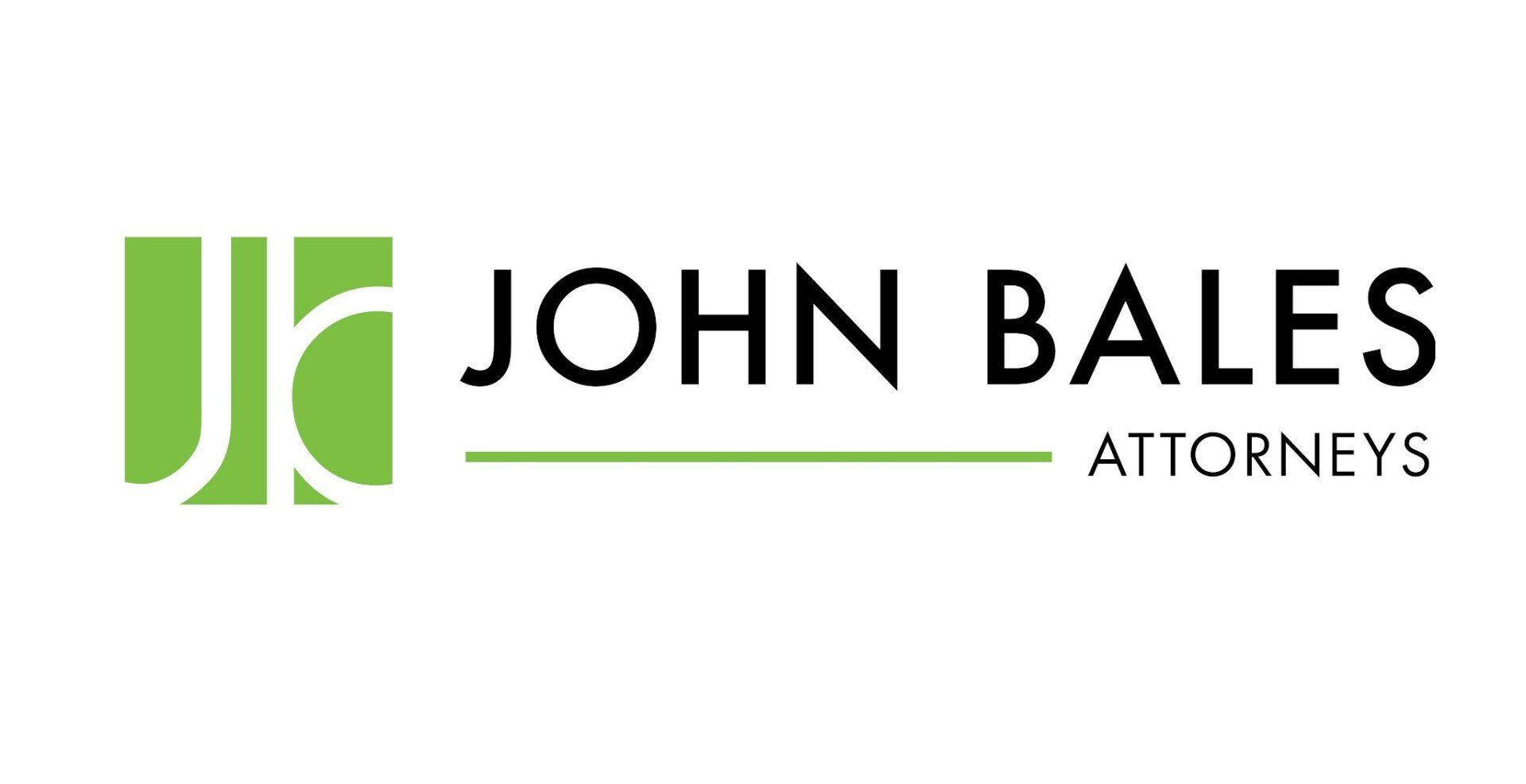Call Us:
800-CALL-JOHN
(800-225-5564)
High School Graduation Drinking and Driving
Not every child makes it home safe Graduation Night... And only some live to tell about it.

High School graduation marks one of the most exciting times in a person’s life, and the first major milestone on the way to adulthood. This is a time for celebration and transition, a time to look back on past accomplishments and bonds made with friends, and a time to look forward to all of the promises the future holds.
This melting pot of emotions and excitement, mixed with nostalgia, sadness and anxiety about the future can fuel the temptation to drink.
When graduation and drinking mix, this event is often marked by tragedy. From loss of life, to injuries and DUIs, what was a celebration can quickly turn to the worst day in the lives of grads and their families.
Yet despite the well-known dangers, grad parties are often wrought with underage drinking.
Death and Denial: the numbers
Every year, graduation across America represents a tragedy for the families of nearly 3,000 hopeful graduates who lose their lives due to drunk driving, with more than 225,000 more sent to emergency rooms for treatment of serious injuries.
When it comes to teen death, car accidents rank #1, with alcohol use implicated in around 33% of all fatal teen car accidents. Come graduation time, these numbers get even grimmer. On graduation night, this number skyrockets to 40%, leaving families heartbroken at the senseless loss.
The Good News: Data from the CDC indicates that the rate of teens drinking and driving is down by nearly 54% since 1991.
The Bad News: According to Mothers Against Drunk Driving (MAD), motor vehicle accidents remain the number one cause of death for teens, with around one-third of those involving alcohol.
Assuming Your Child ‘Knows Better’ Isn’t Enough
Even if they aren’t the one’s drinking, being an unknowing passenger in a vehicle operated by someone impaired, or even driving on roadways at all on graduation day can be disastrous. Some research indicates that high school grads are 79% more likely to drink on grad day, and they all have licenses.
In other cases, peer pressure, the stress of moving away to college and leaving behind friends, and an uncertain future can get the best of even the most careful law-abiding teen.
Florida Law on Providing Alcohol to a Minor
Keeping Graduates Safe Starts with Being a Responsible Party Host
Some parents take the ‘if they’re going to drink I’d rather have them do it here where they are safe’ attitude. But according to Florida law, you could end up facing some serious criminal penalties and/or civil liabilities if word gets out.
All it takes is one child to leave when no one is watching, or for a few photos or Snaps or TikTok videos to surface to put you in serious legal hot water.
Under Florida Statue 5.62.11(1), providing alcohol to a minor (by serving, selling or giving alcohol to anyone under the age of 21), is punishable by up to 60 days in jail. Further, you may be held civilly liable for any damages, injuries or deaths that occur as a result of you providing alcohol to a minor.
Did Someone Serve Your Teen Alcohol?
Was your teen injured or killed in an automobile accident involving alcohol given to them by another adult?
No amount of money can ever bring your child back. But it is important to hold those responsible accountable and to ensure justice prevails so that this doesn’t happen to another parent’s child.
Our personal injury firm can’t begin to fathom the loss of a child, but we can be here as a support system for you and your family, taking on the legal burden and fighting aggressively to prevent this from happening to anyone else.
We can also fight for the compensation you may need to help with hospital bills, therapy, rehabilitation, and more.
Florida’s Zero-Tolerance Policy for Underage Drinking
Like many states across the USA, Florida has what is known as a ‘zero tolerance’ policy regarding underage drinking.
Defined as any person under the age of 21 with a BAC of over 0.02, this legal definition is much more strict than the 0.08 BAC limit for adults who wish to operate a motor vehicle.
Given that a single drink can put a teen over the 0.02 BAC level, this law reinforces that no teen should consume alcohol in any amount.
Penalty for Anyone Underage Operating a Motor Vehicle When Under the Influence
Unlike the traditional DUI court process, minors accused of driving under the influence are handled in an administrative process carried out by the Florida Department of Highway Safety and Motor Vehicles.
But that doesn't mean the consequences are any less serious. Any individual under the age of 21 who is in physical control of or operating a motor vehicle faces several potential penalties under Florida law.
Those Minors Convicted a DUI Face the Following Penalties:
- Up to 6-months of drivers’ license suspension for a 1st time offense
- Up to 1-year suspension of license for a subsequent conviction
- Mandatory DUI evaluation and course if BAC was 0.05% or higher
- Face thousands in fines
- Probation
- Community service
What To Do If You or Your Child Was the Victim of a Car Accident Involving Alcohol and Minors
The aftermath of a car accident is chaotic and often overwhelming. The first order of business is to call 911 and make sure that everyone needing medical attention gets cared for.
If you’re able, be sure to take pictures and video of the entire scene. Take down notes on your phone or a voice memo about the scene. Who was driving, what direction, what were the weather conditions like, no detail is too small or irrelevant.
Once you’ve had a chance to calm down and regain your nerve, contacting a personal injury firm like John Bales Attorneys can help make sure your rights and any claim you may have against another negligent party is protected.
We have helped more than 5000 clients get the justice and compensation they deserve, holding those responsible to the rule of law and ensuring they never do this to anyone else again.
The consultation is always free, and if we take on your case, you pay nothing until we win you a judgement or compensation in your favor.
John Bales Attorneys Blog





